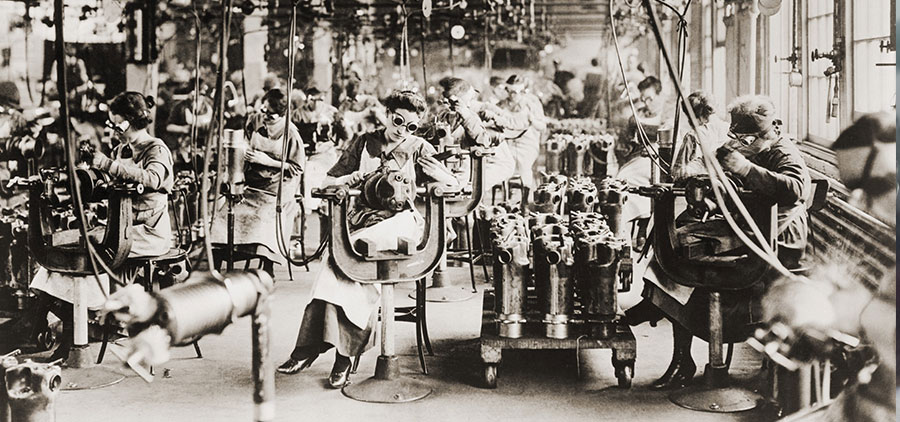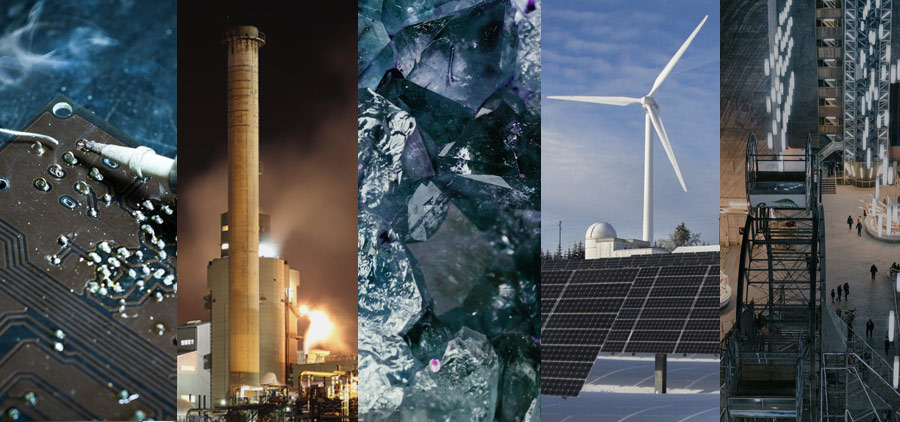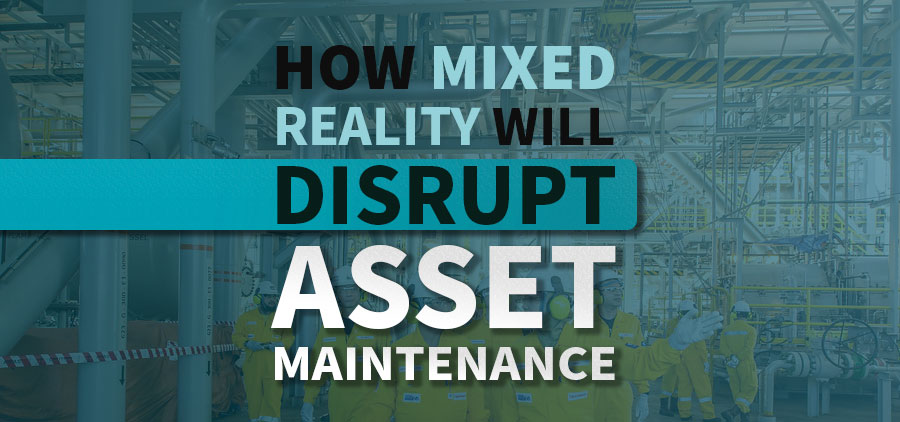The DCS and SCADA HMI that most operational personnel are familiar with in 2020 are relatively unchanged since the 1980’s. iFix based scripting is the backbone of these interfaces, and the interface and layouts are color-coded and confusing, relics of an era where the focus was on making a graphic to represent details and information. Red for hot, blue for cold, and a number of other colors to represent different products and areas of a plant.
What’s wrong with a little color?
If you want to color code a filing cabinet or elementary school classrooms, then color coding can be very useful. The issue with a lot of colors in a process control environment is that when things are running smoothly, the colors serve no real purpose. They tend to be visually tiring, and when that is combined with grainy graphics from the Oregon Trail, noting the relevant information becomes more challenging.
The real issues begin when things start going south…
When all is going well, until it isn’t…
Under steady state conditions, there is usually limited intervention from the operators in the process. Whether batch, continuous or hybrid, the purpose of implementing clever automation through distributed control systems (DCS) and programmable logic controllers (PLC) is to minimize the need for human intervention.
This is all good and well until something goes awry. An automation system cannot open a valve with a stuck stem, or prevent coke build-up in a hydrotreating reactor. The response time of a signal across the network is irrelevant if instrumentation is providing erroneous information.
Then there are issues with the process itself. No amount of automation can prevent every single type of adverse condition, but a system that allows for a rapid response to these conditions is crucial.
Add to that the high likelihood of increasing complacency as weeks and months pass without any issues.
The value of Human Centered Design
Human Centered Design, or HCD, is the resulting buzz-phrase that came about as various industries worked to integrate technology into our lives. From our phones to the way we shop, understanding how humans integrate new information is the key to capturing our attention. How human brains take in new information, and how best to maximize our limited attention spans.
For Industry 4.0 (and Industrie 4.0, there is a difference), this focus resulted in a shift in the way operators use the process industry HMI.
Colorful and busy graphics are starting to go the way of the wooly mammoth, making room for cleaner gray and blue-scale backgrounds. Alarms and indications, faceplates and dynamic system interactions stand out in color. The idea behind this is to eliminate the distraction when nothing is happening, so that when something does happen, it can be picked out easily, and addressed swiftly.
Let’s use an example that we can all relate to. Tom Cruise. More specifically, fighter pilots. Fighter jet pilots have around 150+ buttons and indications in their aircraft cockpit. However, 99% of the time, they only need to focus on a few key things to keep the aircraft in the air. Altitude, attitude, airspeed, fuel and a few others are what they rely on. Those are the things that make the difference between crashing and getting home safe.
For every chemical plant, pharma operation and refinery, there are a few key things that matter most when things are not going smoothly, and modernized HCD can make the difference between a slow decision, and a rapidly informed decision.
What’s next?
As the operational window moves away from the older style of graphics, one must ask where things will go from here? investments are just now being made in both HTML5 for screen based HMI’s, and Heads-up display (HUD) style HMI alerts and indications with Augmented Reality.
What is the value of Augmented Reality in the control room?
Hint: it’s a trick question.
The value in Augmented Reality is the ability to take the control room with you into the field! While tablets and mobile devices give operators the possibility for remote control while wearing down their soles, it still limits the use of those opposable thumbs.
Augmented Reality glasses will integrate the key information that modern, Human-Centered Design has sought to bring to the forefront of operators attention via the traditional monitor, without the monitor.
Alarm conditions, geolocation of assets requiring maintenance, and the ability to integrate personnel location into these devices will only enhance the deftness that operators will have in fine-tuning the operational tempo of their plant.
Access to data sheets, key process information, notes from previous work performed in the field. Whether using gestures or mobile devices as the interface to readily access this information, operators and engineers will become a part of the operational infrastructure.
Imagine not having to run back to a cabinet to check a data sheet. Imagine seeing the wiring diagram while you stand in front of the control cabinet, especially when the wiring diagrams have mysteriously grown legs and left the enclosure.
Safety will improve as operators and engineers have their eyes looking where they are going, as opposed to buried in a handheld device.
As Augmented Reality becomes more and more prevalent, the ease of use and standardization of implementation will only improve. Conferences will feature more segments on best practices and the problem solving accomplished by the use of Augmented Reality.
Every step taken in this direction is a step taken to further integrate our work practices and the technology, until the technology becomes an extension of the self. Who could have imagined the proliferation of the mobile device, or how ultimately dependent we are on these devices for society and the economy as a whole to function?
While that certainly stirs a debate about the loss of certain analog skill sets, there is no debating this…
The horse and carriage is a novelty reserved for the overpriced saunter around Central Park. You still drove there in a car, or flew there on a plane. Taxis continued to be overpriced, and have all but lost the ridesharing battle as people move to do everything on their phones.
The introduction of a global pandemic has made many of us realize how unprepared people, government and industries were to adapt quickly, and how lacking the technology was for people to be able to work safely and securely. Imagine what could be accomplished by augmenting a working environment during a global pandemic, so that decisions can be made while reducing the need for people to travel and work in close proximity? It is much easier to social distance in the field than a control room.
What if I wait?
Bottom line is this.
Don’t wait
Every year that an industry is NOT pushing forward, is another year that they are falling behind. Industries, visionaries and leadership need to push these changes, start making the small steps to bring these advances into their organizations. Every year that passes, leads to “the new” becoming the standard, and new best practice.
Future-proofing is a journey of small and continuous steps. That is a way of saying that no solution is truly future-proof, only the next stepping stone that makes the next advancement seem a little bit more manageable.






